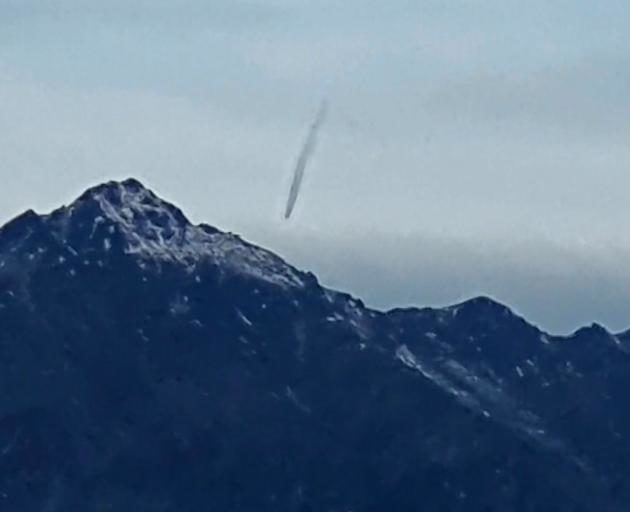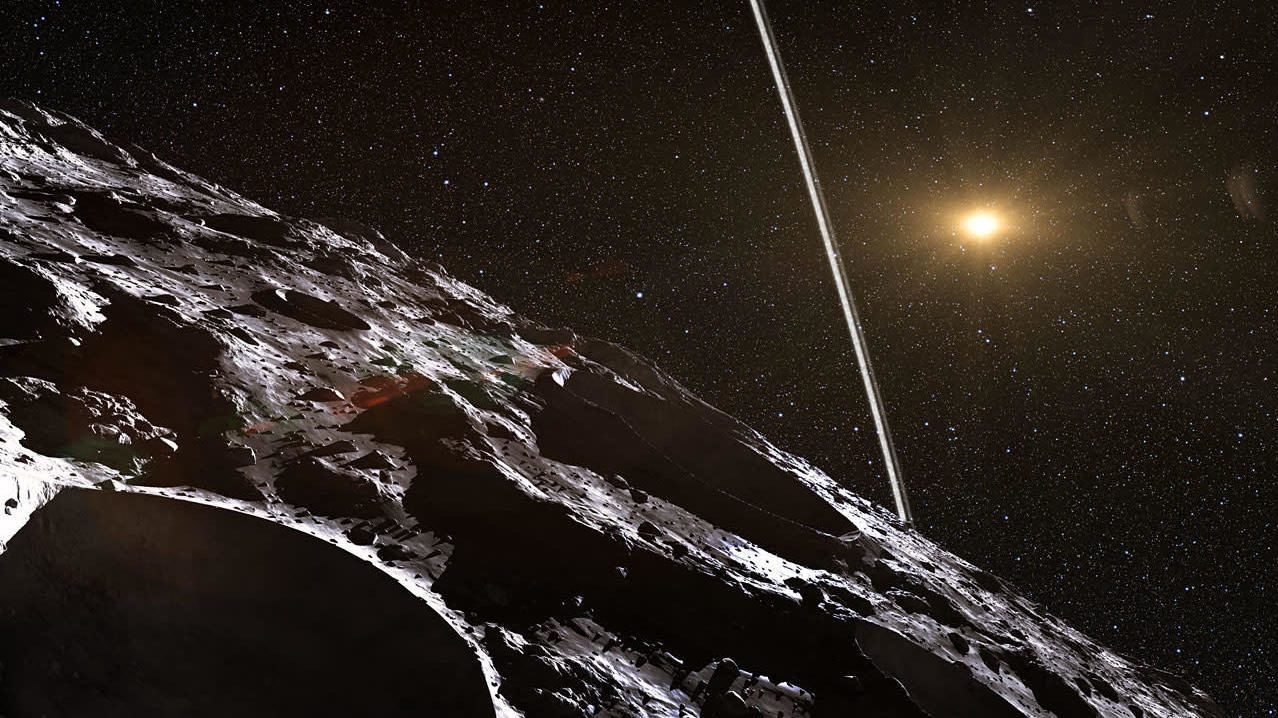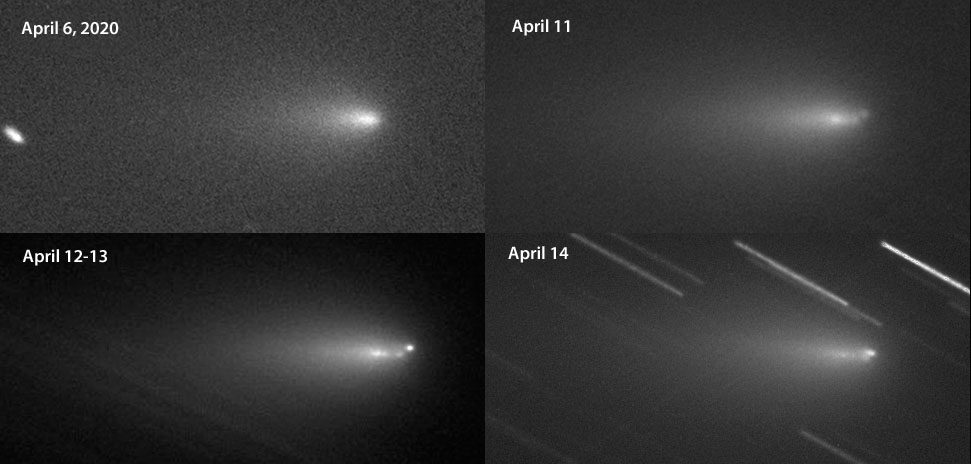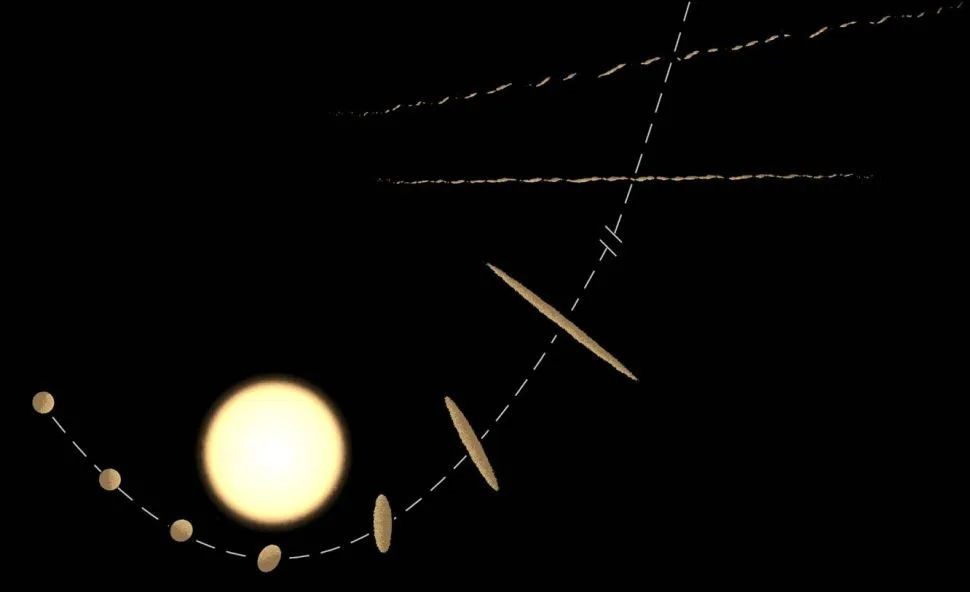
© SESYNC
Annapolis, MD — Many have claimed the Justinianic Plague (c. 541-750 CE) killed half of the population of Roman Empire.
Now, historical research and mathematical modeling challenge the death rate and severity of this first plague pandemic.Researchers Lauren White, PhD and Lee Mordechai, PhD, of the University of Maryland's National Socio-Environmental Synthesis Center, examined the impacts of the Justinianic Plague with mathematical modeling. Using modern plague research as their basis, the two developed novel mathematical models to re-examine primary sources from the time of the Justinianic Plague outbreak.
From the modeling, they found that it was unlikely that any transmission route of the plague would have had both the mortality rate and duration described in the primary sources. Their findings appear in a paper titled "
Modeling the Justinianic Plague: Comparing hypothesized transmission routes" in
PLOS ONE.
"This is the first time, to our knowledge, that a robust mathematical modeling approach has been used to investigate the Justinianic Plague," said lead author Lauren White, PhD, a quantitative disease ecologist and postdoctoral fellow at SESYNC. "Given that there is very little quantitative information in the primary sources for the Justinianic Plague, this was an exciting opportunity to think creatively about how we could combine present-day knowledge of plague's etiology with descriptions from the historical texts."
White and Mordechai focused their efforts on the city of Constantinople, capital of the Roman Empire, which had a comparatively well-described outbreak in 542 CE. Some primary sources claim plague killed up to 300,000 people in the city, which had a population of some 500,000 people at the time. Other sources suggest the plague killed half the empire's population. Until recently, many scholars accepted this image of mass death. By comparing bubonic, pneumonic, and combined transmission routes, the authors showed that no single transmission route precisely mimicked the outbreak dynamics described in these primary sources.




Comment: As will become clear in the following article, far from the above story being the 'first ever' incident report, there is actually a wealth of historical data and records, dating back thousands of years, that document Meteorites, Asteroids, and Comets: Damages, Disasters, Injuries, Deaths, and Very Close Calls. The data also suggests that there are periods where there is a heightened risk and, judging by current reports, our own era has entered one of those periods.
See also:
- Of Flash Frozen Mammoths and Cosmic Catastrophes
- The Seven Destructive Earth Passes of Comet Venus
- Michigan Meteor Event: Fireball Numbers Increased Again in 2017
For a discussion on the above topics, check out SOTT radio's: Behind the Headlines: Earth changes in an electric universe: Is climate change really man-made?And for documentation of fireballs and much, much more occurring in our own time, watch SOTT's monthly documentary SOTT Earth Changes Summary - March 2020: Extreme Weather, Planetary Upheaval, Meteor Fireballs: